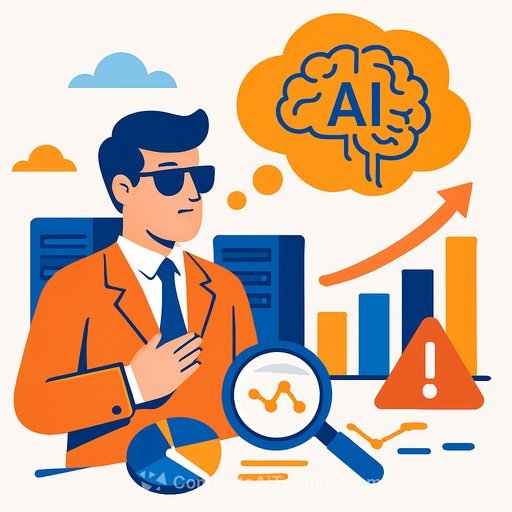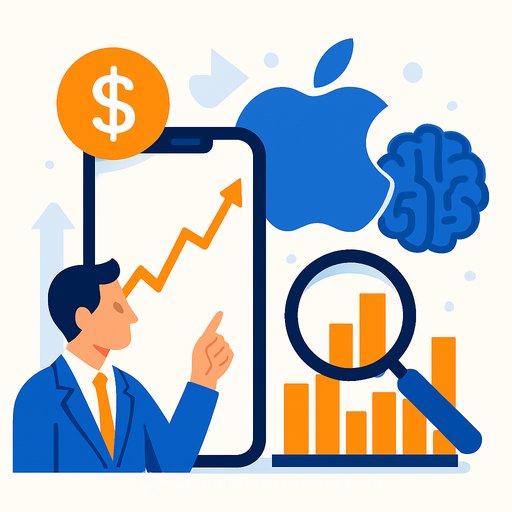The Rise of the Logical Data Strategy: Building the AI-Ready Enterprise
AI doesn't reward who owns the most data. It rewards who connects, governs, and delivers data with clarity and speed. Centralized architectures promised order, but many now create inertia. The shift is clear: move from heavy consolidation to logical connectivity.
Industry voices like Kevin Petrie (BARC), Pablo Alvarez (Denodo), and Samir Sharma (datazuum) are aligning on the same point. If your data strategy still looks like a collection exercise, your AI roadmap will stall. The winners are building a logical data strategy that prioritizes semantic consistency, business participation, and governance as enablement.
The New Pressures on Data Strategy in the Age of AI
AI is both the biggest consumer and the harshest critic of enterprise data. Models expose weak lineage, brittle catalogs, and inconsistent definitions. Dashboards can hide these cracks; AI can't.
Business teams want autonomy, self-service, and real-time answers. IT wants control, quality, and risk management. That tension breaks traditional designs. A logical approach resolves it by connecting distributed assets through a unified semantic and governance layer-speed without losing oversight.
Beyond the Lakehouse: Logical Data Management
Data lives across clouds, SaaS apps, APIs, and legacy systems. Forcing it all into one place is expensive and slow-and often unnecessary. Logical data management lets you manage data where it sits, with consistent policies and semantics applied through abstraction.
Think data virtualization, metadata intelligence, and a semantic layer working together. As Pablo Alvarez notes, this doesn't replace your lakehouse; it complements it. The result is distributed data that behaves as if it were centralized-without extra copies, delays, or rework. Time-to-insight drops. Agility rises. Your foundation adapts as AI models, tools, and rules change.
Data Products and the Business Participation Shift
The biggest change is cultural. Data products put ownership in the hands of domain teams. Each product has clear definitions, SLAs, and semantic descriptions that both people and machines can use.
This closes the long-standing gap between IT and the business. With versioned, discoverable, and governed products, self-service doesn't turn into chaos. As Alvarez argues, involving the people closest to the meaning of the data strengthens control. AI benefits directly: richer context, better grounding, and fewer hallucinations.
Governance Reimagined: From Bottleneck to AI Enabler
Governance used to be about stopping bad things from happening. Now it's how you make good AI happen. Lineage, access controls, and decision traceability are mandatory when models influence customer experiences and financial outcomes.
Modern governance relies on metadata intelligence, automation, and federated policies that adapt to context. Semantic unification ensures every dashboard, query, and model uses the same business language. Trust becomes a system property, not a manual task.
The Semantic Layer: Your AI Translation Engine
The semantic layer translates complex data into business-friendly concepts and relationships. It gives LLMs the context they need to answer with precision, not guesswork. Ask, "What were last quarter's new customer acquisitions in EMEA?" and it applies the correct definitions, regions, and recognition rules automatically.
This is also where retrieval-augmented generation connects to governed enterprise data, so generative outputs reflect your truth, not internet noise. For a primer on RAG, see this overview from IBM Research: Retrieval-Augmented Generation explained.
Organizational Shifts: Culture, Skills, Collaboration
Architecture isn't enough. You need roles and rituals that keep the system healthy: domain-aligned teams, data product owners, AI governance leads, and semantic modelers. BARC's research points to "data empathy" as a common trait-leaders who connect data work to real business outcomes.
On the skills side, metadata management, prompt engineering, and semantic modeling now sit alongside ethics, compliance, and stewardship. The throughline is simple: collaboration, transparency, and adaptability are executive priorities, not technical wish lists.
Designing for Agility, Trust, and AI Readiness
You can layer AI on brittle foundations, or you can upgrade how data moves through your company. The logical strategy favors harmonization over hoarding and co-creation over command-and-control.
- Logical connectivity: Manage data where it lives-reduce copies, increase freshness.
- Semantic unification: One vocabulary across systems, analytics, and models.
- Governance as enablement: Lineage, access, and policy built into every interaction.
- Business participation: Domain-owned data products with clear SLAs and documentation.
90-Day Executive Action Plan
- Pick three high-value decisions and define the data products that serve them. Write the definitions and SLAs first.
- Establish a company glossary for 15-25 core concepts. Make it the single reference for analytics and AI.
- Stand up a semantic layer pilot over existing sources. Start with virtualization; avoid moving data.
- Implement federated policies for PII and access. Automate lineage capture in your pipelines.
- Create a cross-functional council: domain owners, governance, and AI leads. Meet biweekly to approve changes.
The shift isn't about more tools. It's about how your organization treats data as a living system. Get the semantics right, involve the business, and let governance grease the wheels. That's how AI scales with confidence.
If you're building leadership capability and need a focused upskilling path for your teams, explore role-based programs at Complete AI Training.
Your membership also unlocks:






